
Revolutionize Your Gardening: The Essential Guide to Building Your Own Aquaponics System
The growing interest in sustainable agriculture has led to innovative systems like the Aquaponics System, which combines aquaculture and hydroponics to create a symbiotic environment for plants and fish. According to a report by Research and Markets, the global aquaponics market is projected to reach $1.3 billion by 2025, showcasing a significant annual growth rate driven by increasing consumer demand for organic produce and environmentally friendly farming practices. This system not only maximizes space and resources but also minimizes water usage by up to 90% compared to traditional farming methods. As urban populations swell and the need for efficient food production techniques intensifies, establishing an Aquaponics System emerges as a revolutionary solution for gardeners and farmers alike, promising both sustainability and productivity in an ever-changing climate.
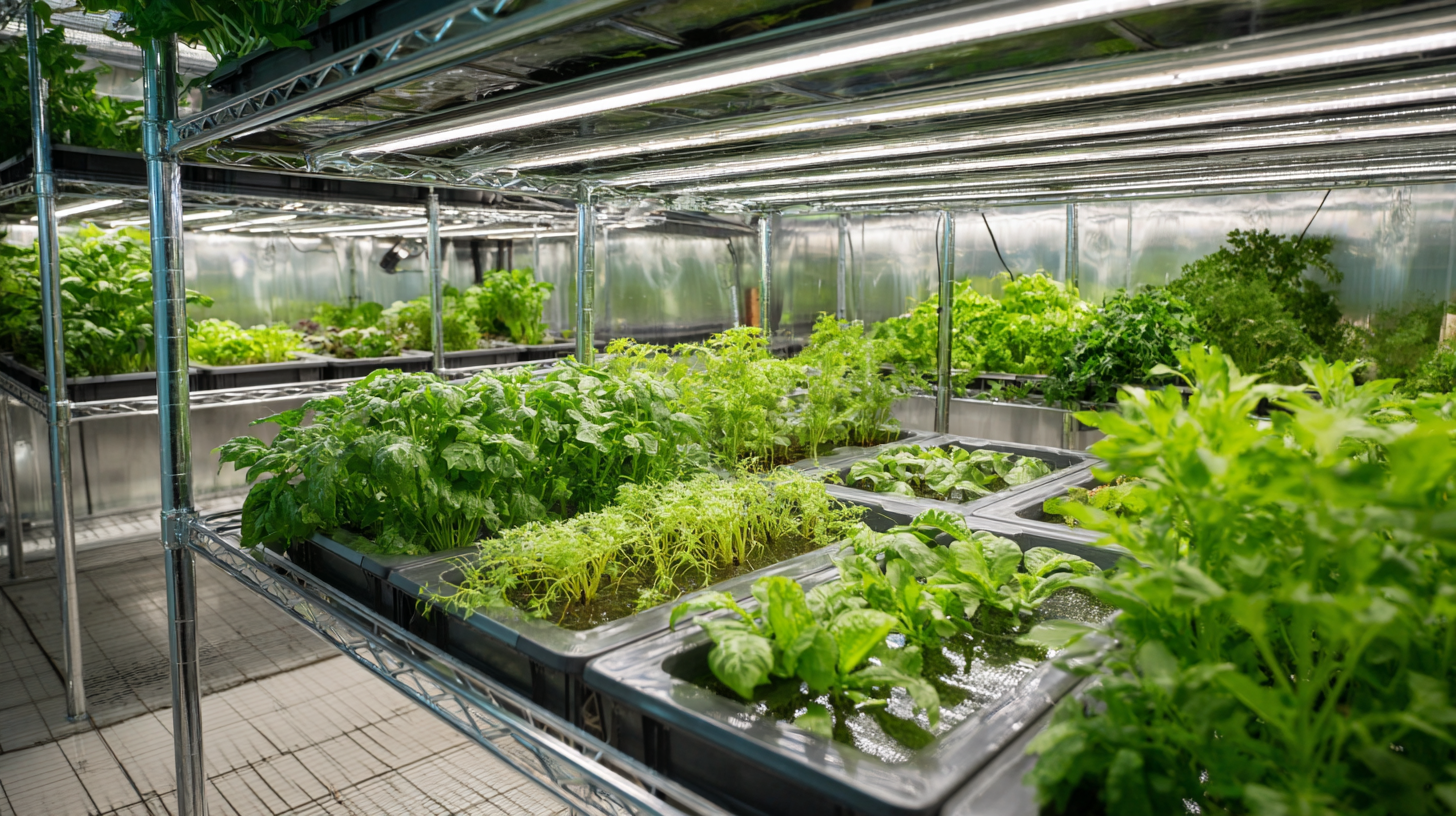
Understanding Aquaponics: The Synergy of Aquaculture and Hydroponics
Aquaponics represents a groundbreaking fusion of aquaculture and hydroponics, creating a symbiotic system where fish and plants flourish together. In this innovative approach, fish waste provides an organic nutrient source for the plants, while the plants, in turn, filter and clean the water for the fish. This closed-loop system not only maximizes resource efficiency but also promotes sustainable agriculture, significantly minimizing water usage compared to traditional gardening methods.
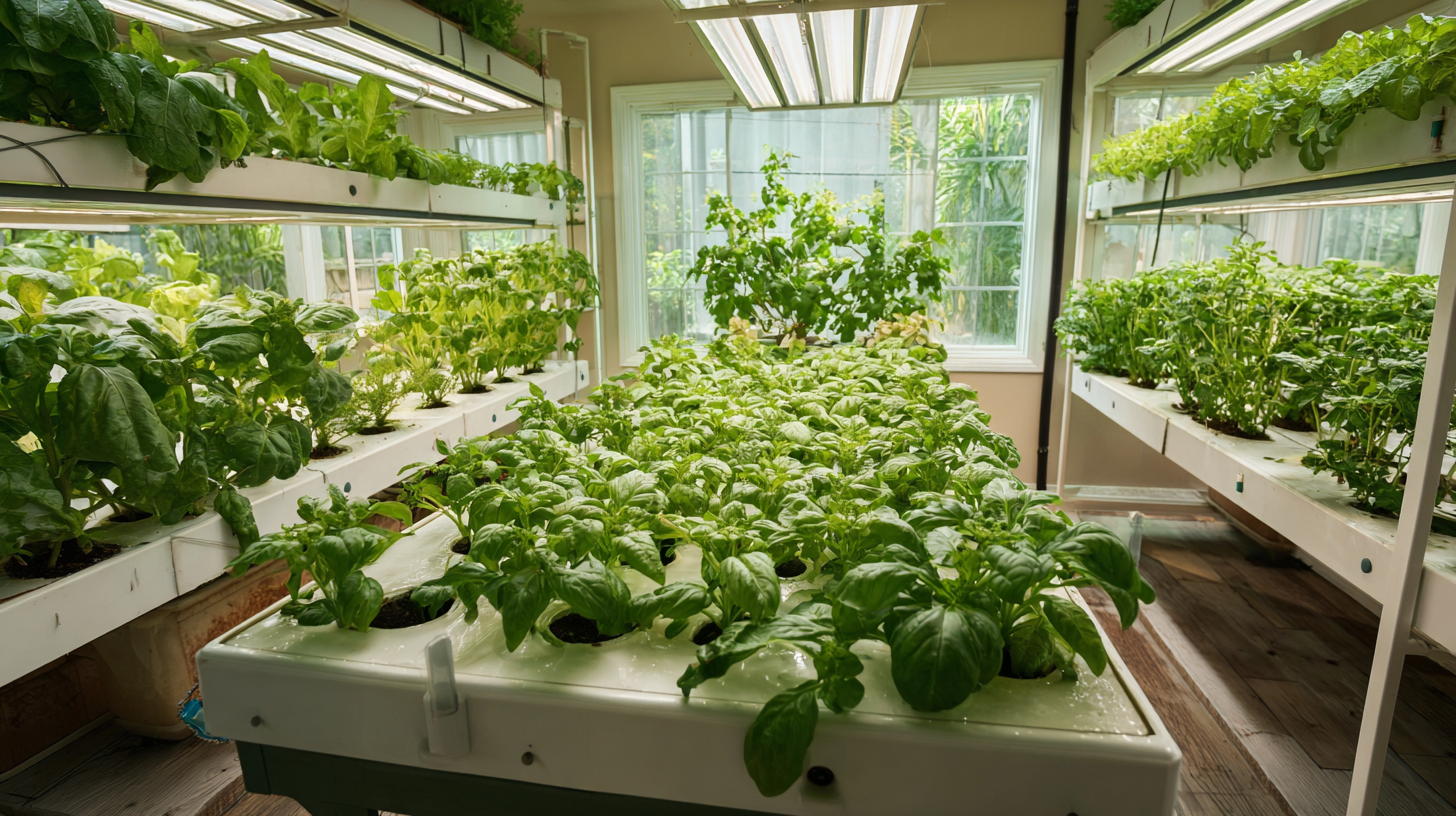
Understanding aquaponics requires recognizing the delicate balance between its two main components. The health and growth of the fish, typically species like tilapia or catfish, directly influence the vitality of the plants, such as lettuce and herbs. By carefully managing this interdependence, gardeners can cultivate a diverse and productive garden that thrives on minimal inputs. This synergy ensures a healthier ecosystem, paving the way for a revolutionary gardening technique that could redefine food sustainability for communities around the globe.
Essential Components for Your DIY Aquaponics System
Building your own aquaponics system can be a rewarding and sustainable gardening solution. The essential components you will need to create a successful DIY aquaponics setup include a fish tank, grow beds, a water pump, and a filtration system. The fish tank serves as the heart of your system, providing a habitat for fish while their waste provides a natural fertilizer for the plants. Choosing the right tank size is crucial as it will determine the number of fish you can support and, subsequently, the amount of waste produced for your plants.
Next, grow beds are integral to the aquaponics system, where you will cultivate your plants. These beds can be filled with a growing medium, such as gravel or clay pellets, which will help anchor the plants while also allowing the water to circulate efficiently. A reliable water pump is essential to move water between the fish tank and the grow beds, maintaining the necessary flow. Lastly, a filtration system will help keep the water clean by removing solids and ensuring a balanced ecosystem between fish and plants. By understanding and assembling these components thoughtfully, you can create a thriving aquaponics system that revolutionizes your gardening experience.
Aquaponics System Components Overview
This chart illustrates the essential components of a DIY aquaponics system along with their average cost. Understanding these components can help you in budgeting for your gardening project.
Step-by-Step Guide to Setting Up Your Aquaponics Garden
Creating your own aquaponics garden is an exciting and sustainable way to grow fresh produce while raising fish. This step-by-step guide will help you set up an efficient aquaponics system that thrives. Start by selecting a suitable location with ample sunlight and protection from harsh weather. You’ll need to gather essential components such as a fish tank, grow beds, a water pump, and tubes for water circulation. Ensure that your system is well-designed to allow for easy maintenance and monitoring.
Tips: Begin with a small-scale system to understand the dynamics of aquaponics. Monitor water quality regularly, checking the pH, ammonia, and nitrates to keep both fish and plants healthy. Choosing the right fish for your system is crucial; tilapia and goldfish are popular choices due to their hardiness.
Once your system is assembled, introduce the fish and plants gradually. Fast-growing plants like lettuce and herbs are excellent starters, as they adapt quickly to aquaponics conditions. Remember to cycle your system before adding fish to establish beneficial bacteria that convert fish waste into nutrients for your plants.
Tips: Keep a journal to track the growth of your plants and fish health. This will help you adjust nutrient levels and identify any issues early on. Regularly prune your plants to promote better growth and airflow in your aquaponics garden.
Best Fish and Plants for a Thriving Aquaponics Environment
When creating a thriving aquaponics system, choosing the right fish and plants is critical to ensure optimal growth and sustainability. Studies show that tilapia is one of the most popular fish in aquaponics due to its fast growth rate and ability to thrive in varied conditions, with an average growth rate of 1 pound every 6-8 months under ideal circumstances. According to the Aquaponics Association, incorporating tilapia can enhance nitrogen levels, which benefits plant growth, making it a suitable choice for both novice and experienced gardeners.
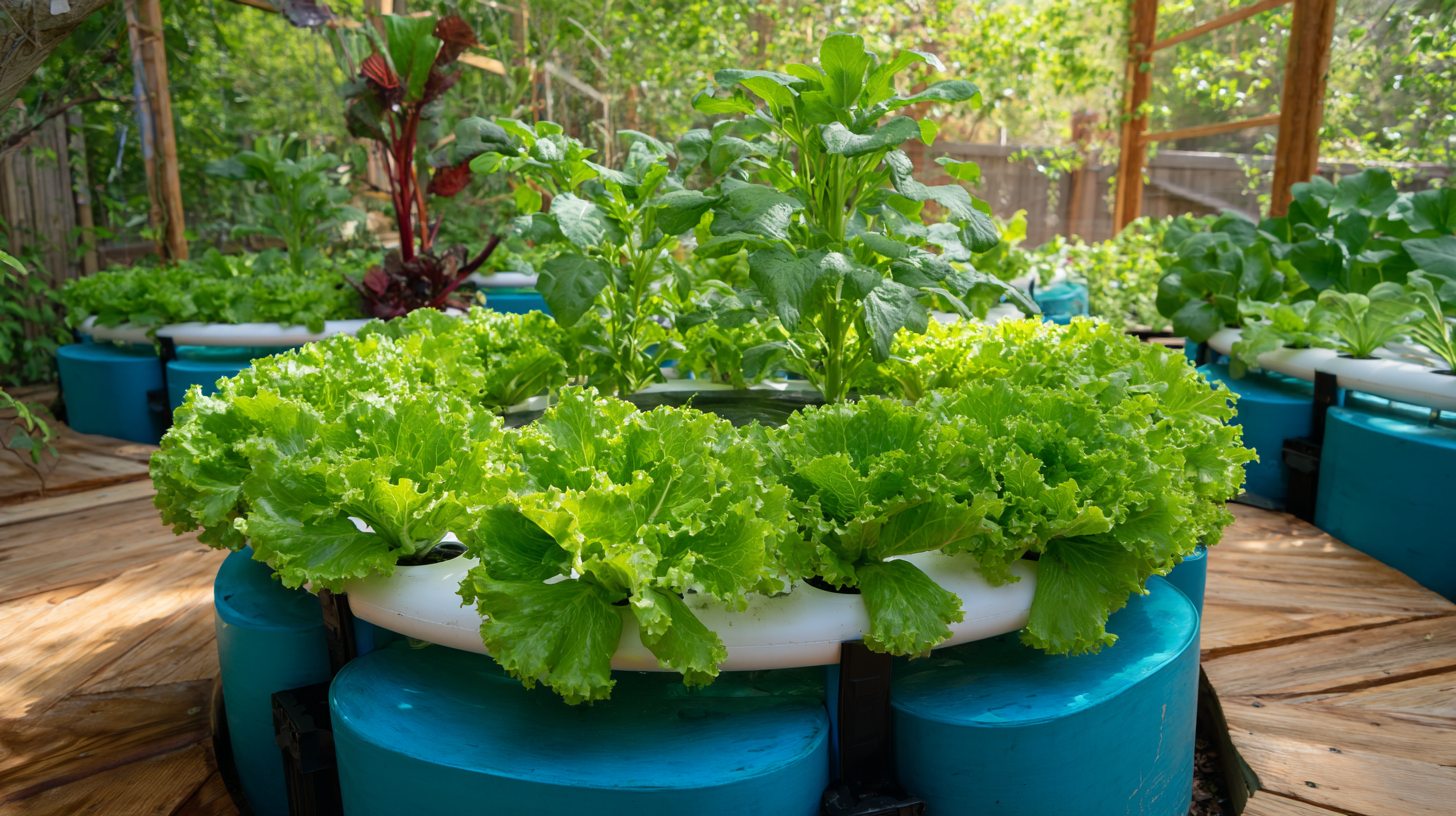
In terms of plants, leafy greens such as lettuce, basil, and kale are often recommended for aquaponics systems. A report from the University of Hawaii indicates that leafy greens not only grow rapidly—often ready for harvest just 30 days after planting—but also effectively utilize the nutrients provided by the fish waste in a symbiotic relationship. Furthermore, herbs like mint and cilantro can thrive in aquaponics setups, offering both culinary and economic benefits. Integrating these species into your system can foster a diverse ecosystem, ultimately contributing to a productive and sustainable gardening experience.
Troubleshooting Common Issues in Aquaponics Systems
Aquaponics systems can be a sustainable solution for gardening, but they come with their own unique set of challenges. One of the most common issues faced by beginners is maintaining a balanced ecosystem. According to a 2021 report by the National Center for Home Food Production, over 40% of novice aquaponic gardeners reported difficulties with water quality management, particularly in keeping ammonia levels in check. High ammonia levels can be toxic to fish, which can lead to system failure if not addressed promptly.
**Tips:** Regularly test your water parameters, including pH, ammonia, nitrite, and nitrate levels, using reliable test kits. Aim to keep ammonia levels below 0.5 mg/L to ensure a healthy environment for both fish and plants.
Another frequent issue is nutrient deficiencies in plants, often stemming from insufficient mineral content in the water or an imbalance in the system. A study published in the Journal of Aquaponics revealed that up to 60% of aquaponics practitioners experienced yellowing leaves—a sign of nutrient deficiency. Implementing a balanced feed for your fish can provide essential nutrients to plants via fish waste.
**Tips:** Consider using a diversified fish diet and supplementing with mineral additives specifically formulated for aquaponics to prevent nutrient-related problems and promote plant health.
Revolutionize Your Gardening: The Essential Guide to Building Your Own Aquaponics System - Troubleshooting Common Issues in Aquaponics Systems
| Issue | Description | Solution | Preventive Measure |
|---|---|---|---|
| Fish Stress | Fish showing signs of distress or irregular behavior | Check water parameters and adjust accordingly; ensure proper tank size. | Regularly monitor water quality and perform routine maintenance. |
| Plant Nutrient Deficiency | Plants exhibit yellowing leaves or stunted growth | Test nutrient levels and add appropriate supplements. | Ensure a balanced fish feed and maintain healthy fish stock. |
| Algae Growth | Excessive algae can block light and deplete oxygen | Reduce light exposure and manage nutrient levels. | Maintain proper system balance and avoid overfeeding fish. |
| Pump Failure | Water circulation is disrupted, affecting fish and plants | Check power supply and clean pump filters; replace if necessary. | Regularly inspect and maintain pumps to ensure reliability. |
| pH Imbalance | Inadequate pH levels can harm fish and plants | Test and adjust pH levels using appropriate buffers. | Monitor pH regularly and avoid sudden changes. |
Related Posts
-
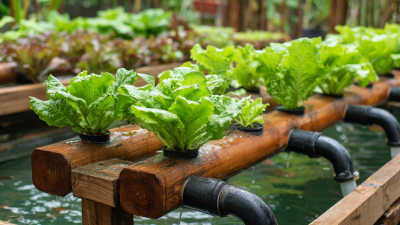
How to Build Your Own Sustainable Aquaponics System at Home
-
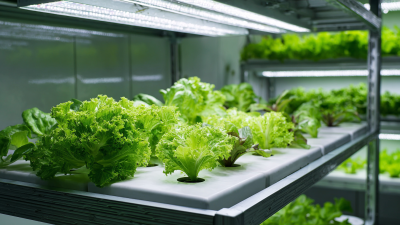
How to Minimize Repair Costs with Excellent After Sales Service for the Best Aquaponics System
-
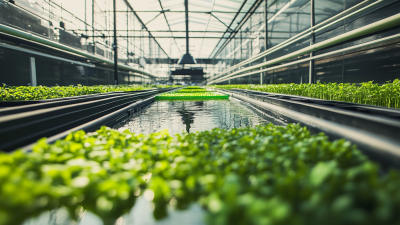
8 Innovative Strategies for the Best Aquaponics Greenhouse Success
-
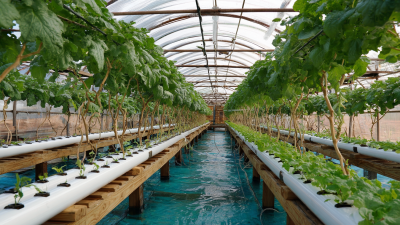
Unlocking the Advantages of the Best Aquaponics Greenhouse for Sustainable Farming Practices
-
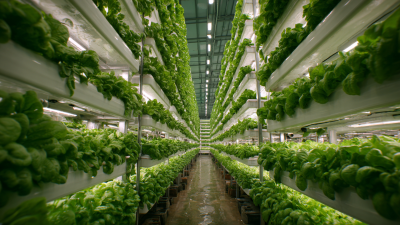
Leading the World in Aquaponics: Unveiling China's Best Export-Quality Systems
-
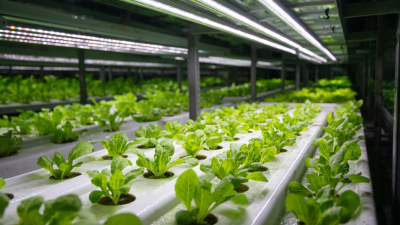
Future of Aquaponics Systems Market Trends and Projections for 2025
